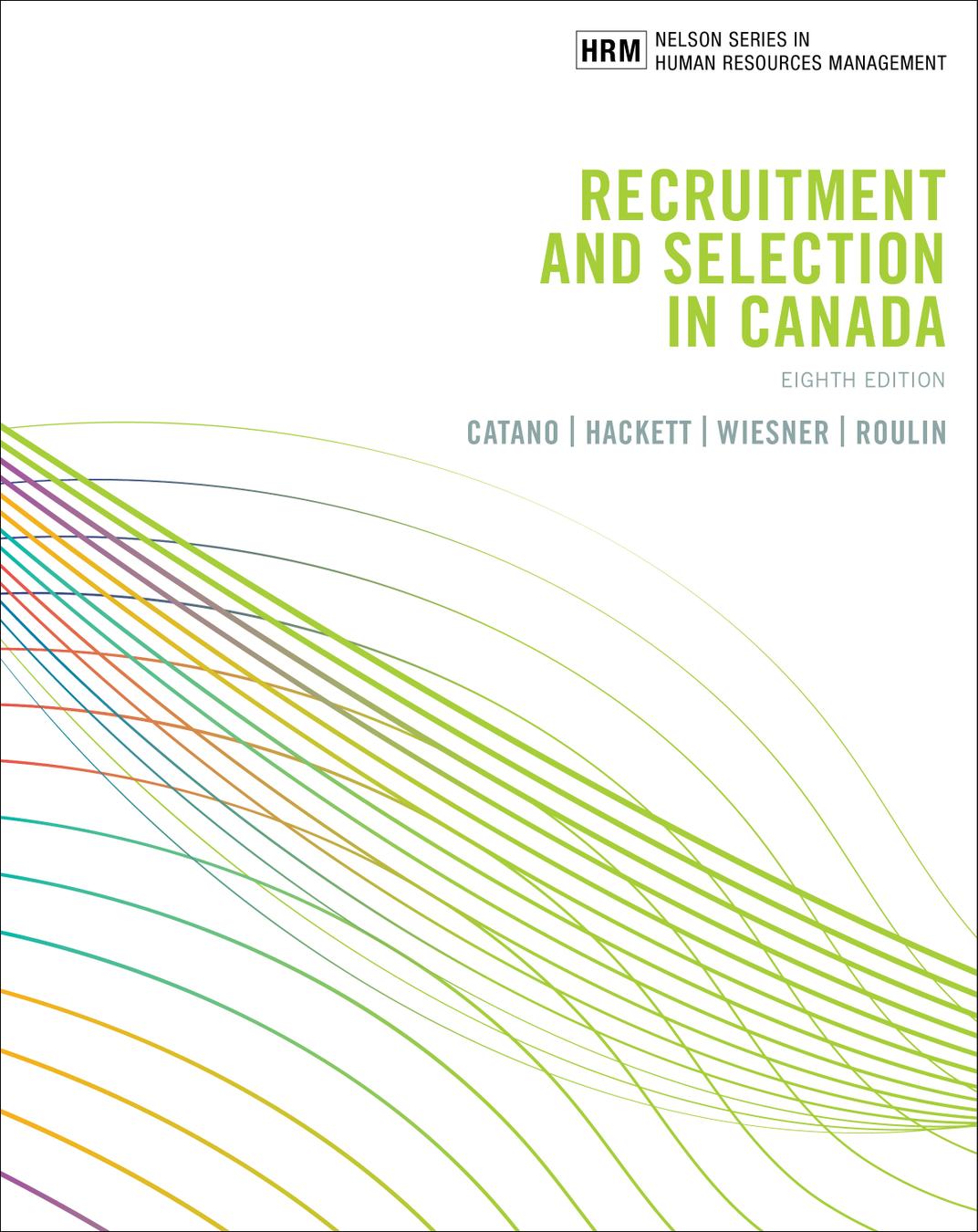Focus on Ontario’s publicly funded programs initially. They offer a robust, well-structured system with diverse options from elementary to post-secondary. This strategy maximizes access to affordable, high-quality education.
Explore the provincial education ministry websites directly. You’ll find detailed curriculum information, school rankings, and application procedures for each province. This direct approach saves time and avoids misinformation.
Consider your child’s specific learning style and future aspirations. Ontario’s specialized programs, like the French Immersion or International Baccalaureate programs, cater to individual needs. Early identification of these preferences optimizes academic success.
Don’t underestimate the value of community involvement. Active participation in school events and parent-teacher associations provides invaluable insights and strengthens the learning environment. Direct interaction yields better understanding.
Finally, remember thorough research is key. Compare school performance data, teacher qualifications, and extracurricular offerings before making a decision. A structured comparison ensures a well-informed choice.
- Canadian Ed Selection: A Comprehensive Guide
- Choosing Your Program
- Understanding Admission Requirements
- Financial Aid and Scholarships
- Post-Graduation Work Permits
- Immigration Considerations
- Networking and Mentorship
- Understanding Canadian Educational Pathways
- Navigating the Application Process
- Financing Your Canadian Education
- Government Funding Options
- Budgeting and Financial Planning
Canadian Ed Selection: A Comprehensive Guide
Start your search with the official websites of Canadian universities and colleges. These sites provide the most accurate and up-to-date information on programs, admission requirements, and deadlines.
Choosing Your Program
Consider your academic background and career goals. Research programs aligned with your interests. Don’t just look at rankings; examine curriculum details, faculty expertise, and research opportunities.
- Bachelor’s Degrees: Explore options across various disciplines, including STEM, humanities, social sciences, and business.
- Master’s Degrees: Focus on specialized fields for advanced study and career advancement. Look for programs with strong research reputations.
- Doctoral Programs: Ideal for those pursuing academic careers or specialized research roles. Consider faculty mentorship and funding opportunities.
Understanding Admission Requirements
Admission criteria vary depending on the institution and program. Expect to submit:
- Academic transcripts (high school or university)
- Standardized test scores (e.g., IELTS, TOEFL, GMAT, GRE – check specific requirements)
- Letters of recommendation
- Statement of purpose outlining your academic and career aspirations
- Resume or CV highlighting your experience
Meet all deadlines; late applications are rarely accepted.
Financial Aid and Scholarships
Explore funding options early. Many Canadian institutions offer scholarships and bursaries based on merit or financial need. Research government grants and private loan options as well. Check each university’s financial aid website for details.
Post-Graduation Work Permits
Graduates from many Canadian programs are eligible for a Post-Graduation Work Permit (PGWP), allowing them to gain Canadian work experience. The length of the PGWP depends on the length of your study program. Thoroughly research eligibility criteria.
Immigration Considerations
If you intend to immigrate to Canada, research the immigration process alongside your educational plans. Your educational credentials can significantly impact your immigration application.
Networking and Mentorship
Connect with current students and alumni to gain firsthand insights into programs and campus life. Attend virtual or in-person information sessions hosted by universities.
Understanding Canadian Educational Pathways
Begin your exploration by identifying your academic goals. Are you aiming for a trade certification, a bachelor’s degree, or postgraduate studies? This decision significantly influences your pathway.
High school graduates typically choose between college and university. Colleges offer vocational training and diplomas, often leading to quicker entry into the workforce. Universities provide bachelor’s and advanced degrees, emphasizing theoretical knowledge and research.
Consider the length and cost of each program. College diplomas generally take two years, while university degrees require four or more. Tuition fees vary significantly between institutions and programs; explore government funding options and scholarships to minimize financial burden.
Research specific institutions. Each college and university boasts unique strengths and specializations. Look at program rankings, faculty expertise, and career services to find the best fit for your aspirations.
Don’t overlook apprenticeship programs. These combine on-the-job training with classroom learning, offering a practical pathway to skilled trades careers. Apprenticeships often lead to well-paid positions with strong job security.
Explore immigration pathways if you’re an international student. Canada has designated learning institutions (DLIs) that welcome international students. Visa requirements vary depending on your nationality and the program you choose. Check Immigration, Refugees and Citizenship Canada (IRCC) for updated information.
Finally, network! Talk to current students, alumni, and career counselors. Their insights provide invaluable guidance as you choose your educational journey in Canada.
Navigating the Application Process
Begin by creating a checklist of deadlines for each program. This prevents missed submission dates.
Next, meticulously review each program’s specific requirements. Pay close attention to document formats, referencing styles, and any unique submission methods.
Prepare your application materials well in advance. Start drafting your personal statement early, allowing ample time for revisions and feedback.
Request transcripts and letters of recommendation promptly. Give recommenders sufficient time and provide them with all necessary information.
Proofread everything carefully. Errors in grammar and formatting can negatively impact your application.
Organize your documents digitally. This simplifies the submission process and ensures easy access.
Track your application status online. Most universities provide portals to monitor the progress of your application.
Prepare for potential interview requests. Practice answering common interview questions. Research the program and the university.
Finally, celebrate your hard work! The application process is demanding; acknowledge your effort and resilience.
Financing Your Canadian Education
Explore scholarships and grants! Many Canadian universities and colleges offer financial aid based on academic merit, financial need, or specific program requirements. Check individual institution websites for details and application deadlines. The average scholarship value can range from $1,000 to $10,000 annually, significantly reducing tuition costs.
Government Funding Options
Consider federal and provincial student loan programs. These programs provide interest-free loans during your studies, with repayment beginning after graduation. Eligibility criteria vary by province, so research your specific provincial program. For instance, the Canada Student Loans program offers both federal and provincial loans with varying repayment schedules. Remember to file your taxes to maximize potential government assistance.
Explore part-time employment. Many students work part-time while studying to cover living expenses and tuition. On-campus jobs often offer flexible schedules to accommodate academic commitments. Off-campus employment provides more diverse opportunities but requires careful time management.
Don’t overlook private scholarships. Numerous private organizations and foundations offer scholarships based on various criteria, including academic achievement, community involvement, and specific fields of study. Websites like ScholarshipsCanada.com list many options. Research extensively to find the best fit for your profile.
Budgeting and Financial Planning
Create a detailed budget. Track your income and expenses meticulously to manage your finances effectively. Include tuition fees, living expenses (rent, utilities, food), books, transportation, and personal expenses. Regularly review your budget and adjust as needed.
Seek professional financial advice if needed. A financial advisor can help you create a comprehensive financial plan, explore different funding options, and manage your debt effectively after graduation. Consider this especially if you’re financing a significant portion of your education.










